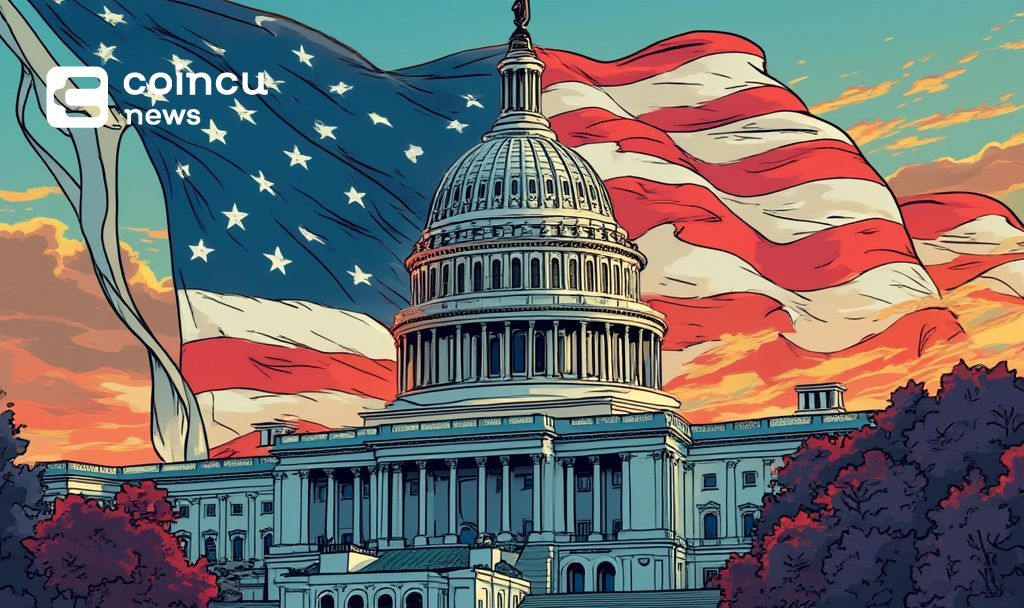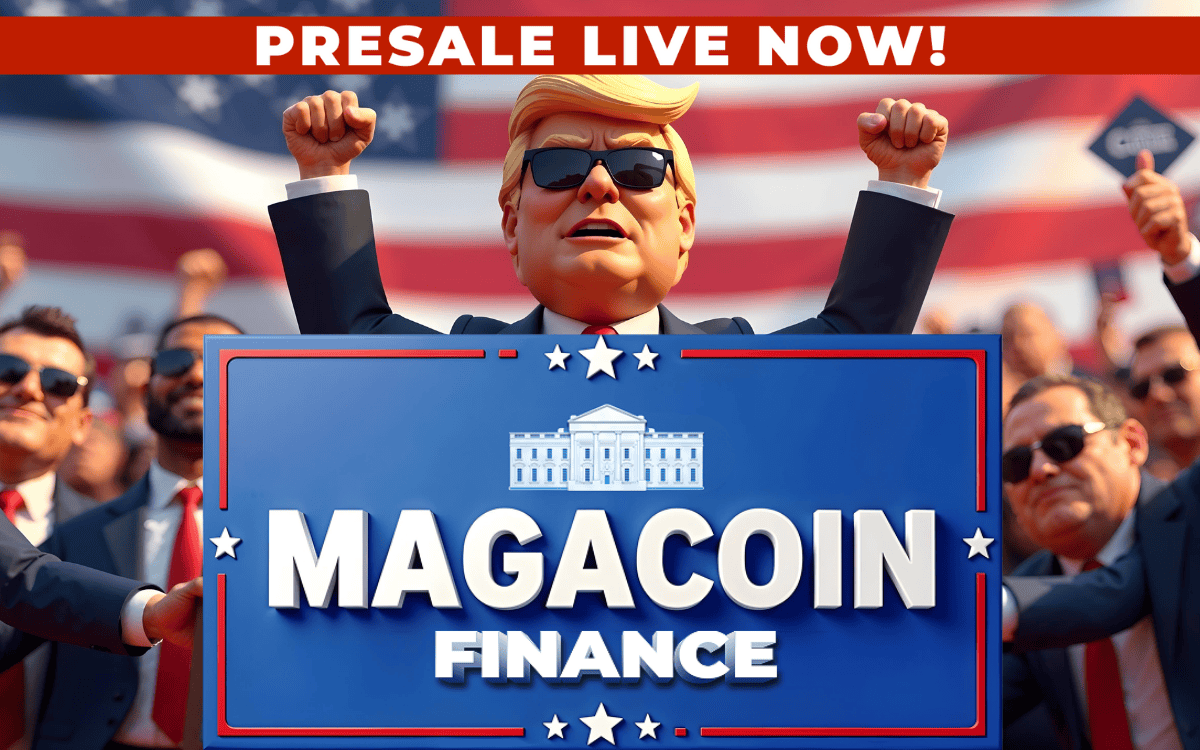 CaryptosHeadlines Media Has Launched Its Native Token CHT.
Airdrop Is Live For Everyone, Claim Instant 5000 CHT Tokens Worth Of $50 USDT.
Join the Airdrop at the official website,
CryptosHeadlinesToken.com
CaryptosHeadlines Media Has Launched Its Native Token CHT.
Airdrop Is Live For Everyone, Claim Instant 5000 CHT Tokens Worth Of $50 USDT.
Join the Airdrop at the official website,
CryptosHeadlinesToken.com
- The U.S. House and Senate are aligning their respective stablecoin regulation bills.
- Significant technical collaboration has occurred with regulatory agencies.
- Remaining differences in the bills are primarily nonsubstantive.


On April 1, the U.S. House of Representatives made progress towards the alignment of its STABLE Act with the Senate’s GENIUS Act for stablecoin regulation, revealed by Bryan Steil, the House Digital Assets Subcommittee chairman.
This move is significant as it represents a concerted effort between the two legislative branches. The alignment followed multiple draft revisions aided by the SEC and CFTC. The House and Senate now have a 20% textual difference, which Steil describes as nonsubstantive.
Collaborative Efforts Address Global Digital Finance Challenges
The harmonization process involved technical collaboration with regulatory agencies. Steil emphasized the alignment’s closeness to being finalized, despite differences concerning international stablecoin issuers and state regulation. According to Congressional discussions, these variables are crucial for a uniform regulatory framework, which could potentially ease tensions within global digital finance.
Bryan Steil, Chairman of the U.S. House Digital Assets Subcommittee, – “Approximately 20% differences remain between the STABLE Act and GENIUS Act, primarily in text rather than substantive content” [12]
Analysts anticipate comprehensive legislation within months. Market response remains measured, given the proposals are still under negotiation. Bryan Steil’s remark, “working with our colleagues in the Senate,” signals resolve for cross-branch collaboration.
Did you know?
In previous attempts, federal stablecoin regulation stalled multiple times. This current alignment marks the closest the U.S. has come to national stablecoin legislation.
Efforts for uniform stablecoin oversight follow previous inconsistent state-level policies. Experts foresee potential shifts in regulatory dynamics impacting international issuers. Historically, digital asset regulation moves mines broader support, as seen with cryptocurrency’s 2020 regulatory rise. Greater articulation around international issuer requirements could establish a precedent for global compliance, highlighting typical regulatory complexities inherent to cross-border financial technologies.












